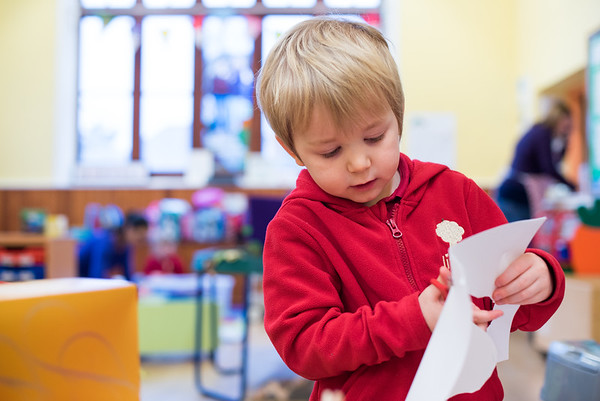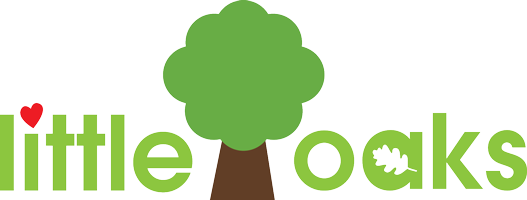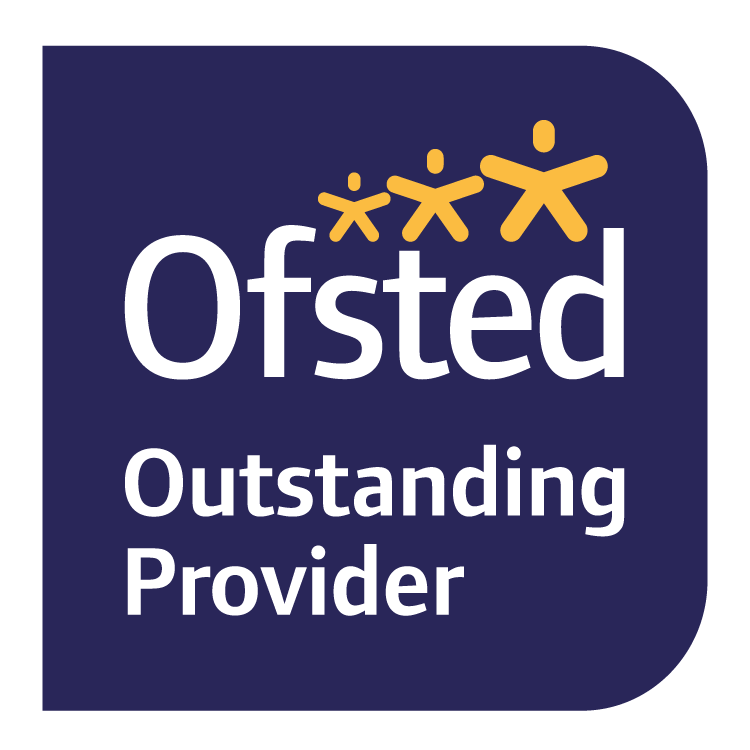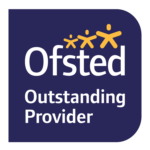Curriculum
KINDNESS • RESILIENCE • RESPECT
At the heart of our curriculum is the mission to instil kindness, resilience and respect into our children. This means providing opportunities for children to build their confidence when faced with new challenges, teaching them about their emotions, and allowing them to understand that it’s ok to get things wrong. For our 3 to 4-year-olds, this may include…
Life Experiences
Providing experiences to help children understand and manage their behaviour and actions … e.g.
- Climbing trees
- Exploring local woodland and meadows
- Growing plants
- Looking after wildlife
- Learning about animals
- Meeting a new parent and baby
- Choosing a recipe and cooking something to eat
- Trying new foods
- Making playdough
- Learning a dance
- Managing own risk, e.g. by navigating ropes, tyres and frames
Life Lessons
- Our community
- People in the community
- Jobs and professions
- Posting a letter
- Going to the shop
- Learning about others’ thoughts and beliefs
- Learning songs to sing for others
- Practising together to show our parents something special
Life Skills
- Be fully toilet trained including wiping
- Able to assist with sun cream application
- Can eat independently
- Able to manage own shoes – on and off – and mostly on the correct feet
- Able to dress and undress without support
- Recognise their name and be able to form some of the letters
- Can pack and unpack a drawstring bag
- Will drink WATER frequently and independently
- Able to wipe and blow their nose, and know when it’s needed
- Can turn sleeves and trouser legs the right way round
- Can listen and understand, and follow simple instructions
- Learning to use tools of different kinds

Social Skills
- Play independently as well as cooperatively
- Take turns with friends
- Listen and focus
- Follow directions
- Make eye contact
- Respect personal space
- Speaking up and speaking out!
All nurseries, pre-schools, reception classes and childminders in England and Wales must follow a legal framework called the Early Years Foundation Stage (EYFS Framework). Methods and schemes of learning are left to individual providers.


